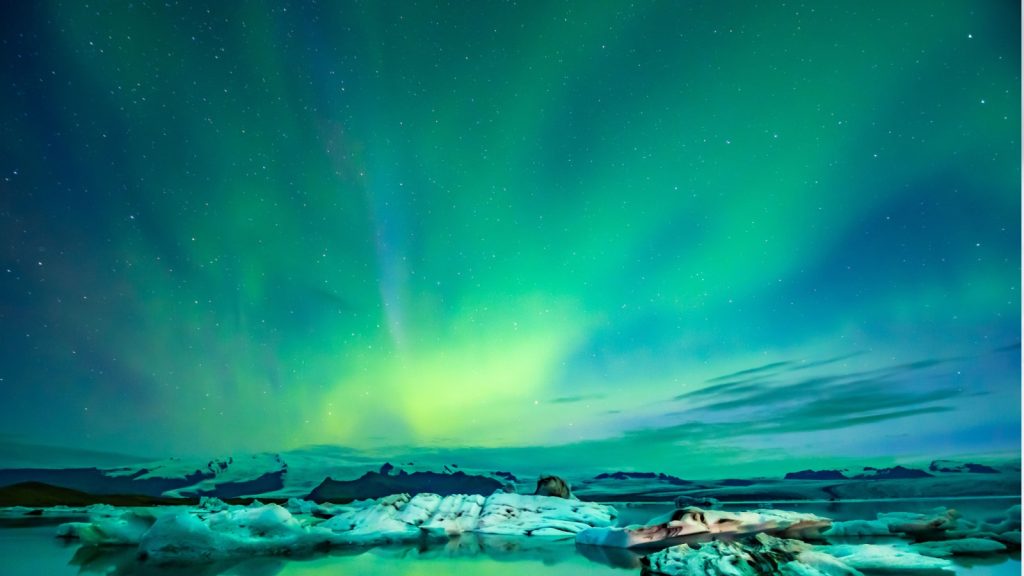The Arctic is one of the most extreme environments on Earth, with freezing temperatures and long periods of darkness. Yet, despite these harsh conditions, it’s home to plenty of wildlife. I find it amazing that so many beings have evolved to thrive in those extreme conditions. From polar bears roaming the sea ice to tiny insects that can survive being frozen solid, Arctic animals are incredibly resilient. Some of these species are found nowhere else on Earth, making them truly unique.
Polar Bear

Polar bears are the iconic kings of the Arctic, perfectly adapted for life on the sea ice. Their thick fur and layer of blubber keep them warm in frigid waters. Polar bears have an excellent sense of smell, able to detect seals (their main prey) from up to 20 miles away. They’re excellent swimmers, with some recorded swimming continuously for over 9 days.
Arctic Fox
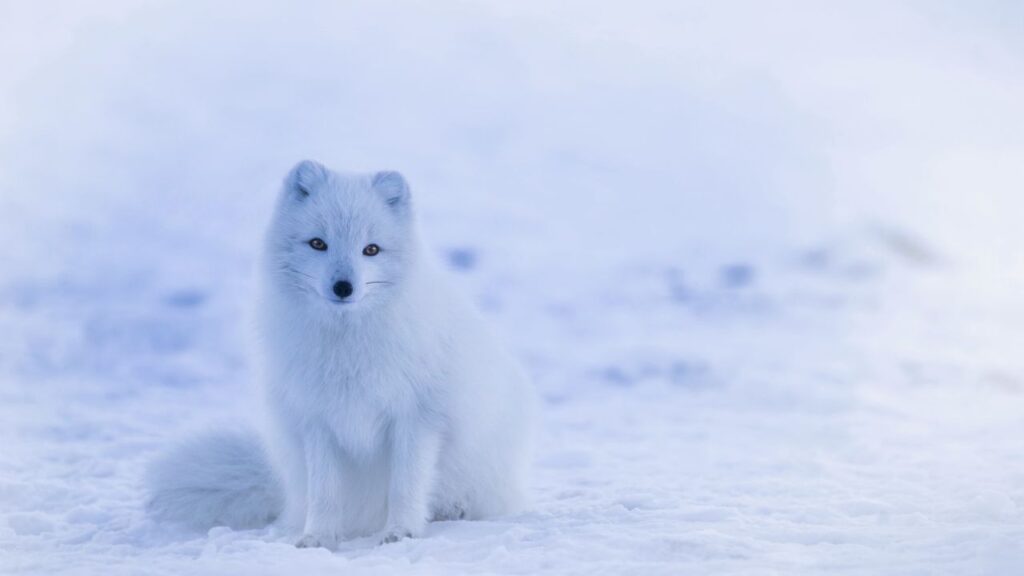
The Arctic fox changes its coat color with the seasons, from white in winter to brown in summer. This camouflage helps them hunt and avoid predators. They have furry soles, short ears, and a short muzzle to minimize heat loss. Arctic foxes can survive temperatures as low as -58°F (-50°C).
Snowy Owl
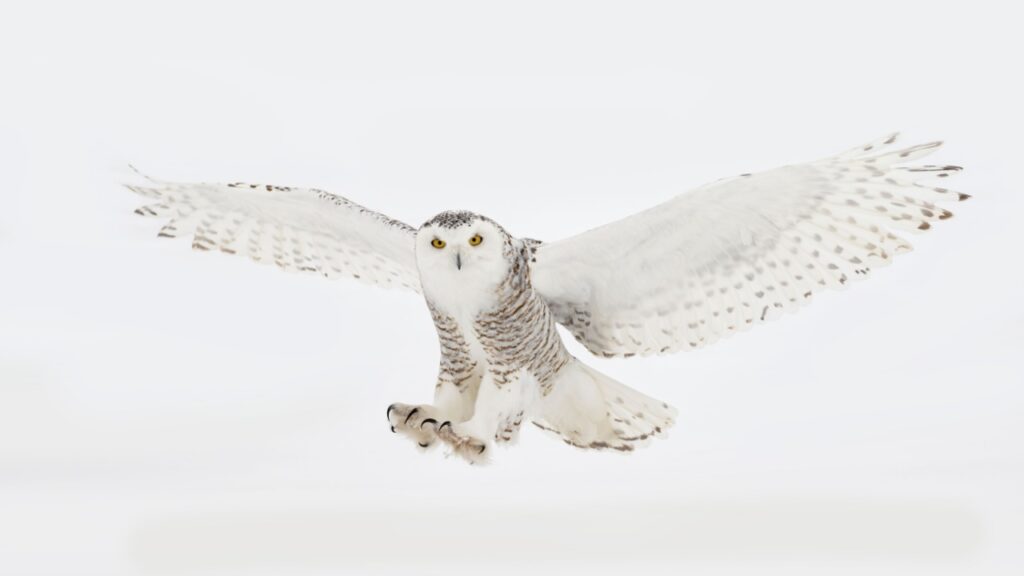
Snowy owls are striking birds with white feathers and piercing yellow eyes. Unlike most owls, they’re active during the day, hunting lemmings and other small animals across the tundra. Their feathers extend to their toes, providing insulation against the cold Arctic ground.
Narwhal
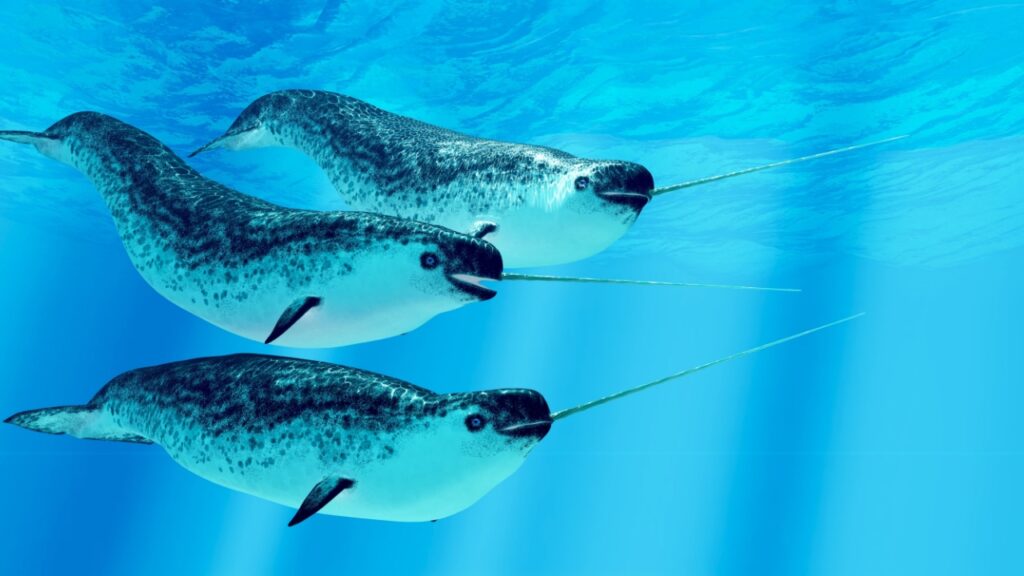
Often called the “unicorn of the sea,” narwhals are known for their long, spiral tusks. These tusks are actually elongated canine teeth that can grow up to 10 feet long. Narwhals use echolocation to find fish, squid, and shrimp to eat in the dark Arctic waters.
Beluga Whale
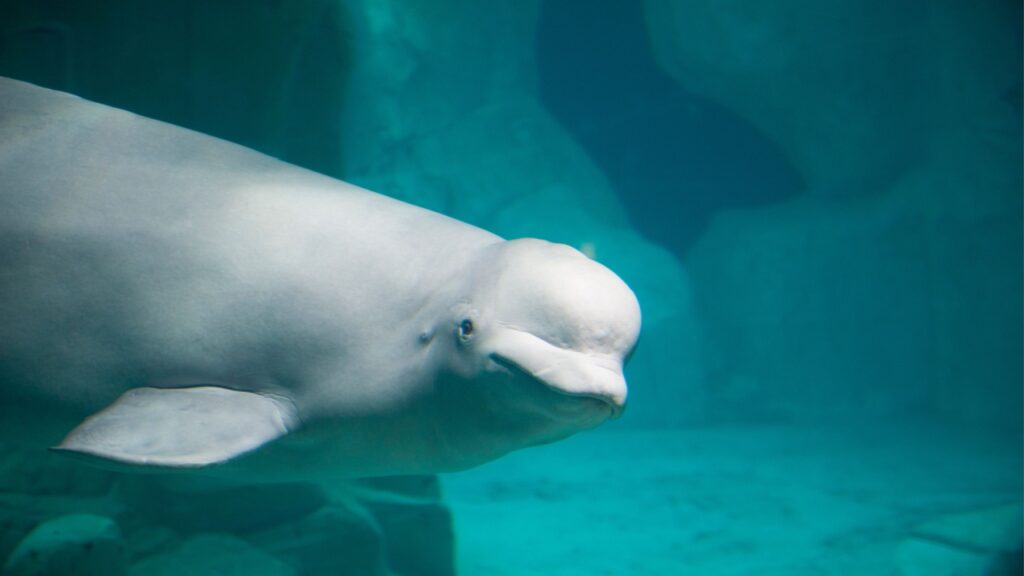
Belugas are known as “sea canaries” due to their wide range of vocalizations. These white whales have a distinctive bulbous forehead called a melon, which they can change shape to make different sounds. Belugas can swim backwards, a rare ability among whales.
Walrus
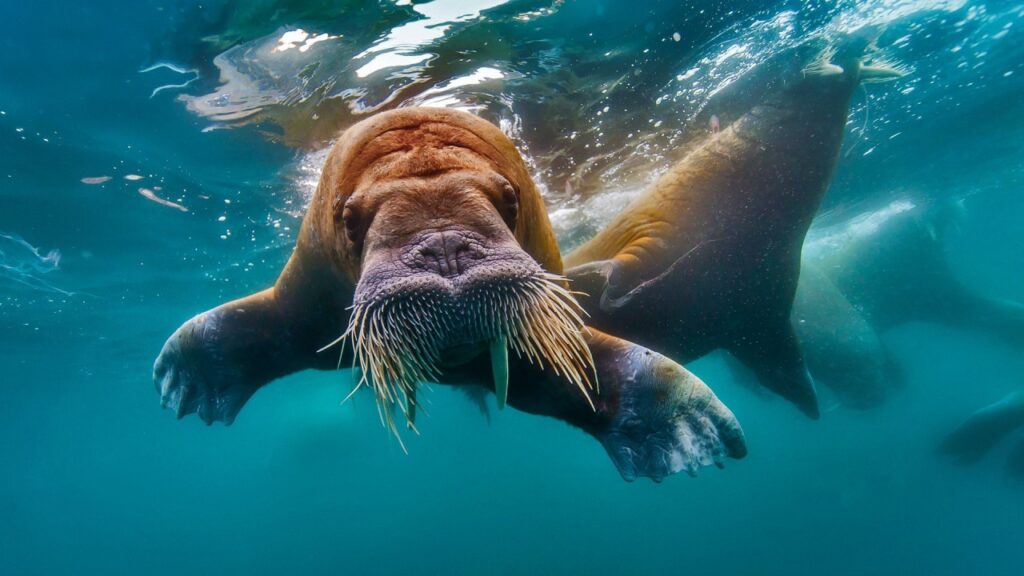
Walruses are massive marine mammals, weighing up to 1.5 tons. They use their iconic tusks to haul themselves out of the water onto ice floes. Walruses can slow their heartbeat to stay underwater for up to 30 minutes while searching for clams on the ocean floor.
Arctic Hare
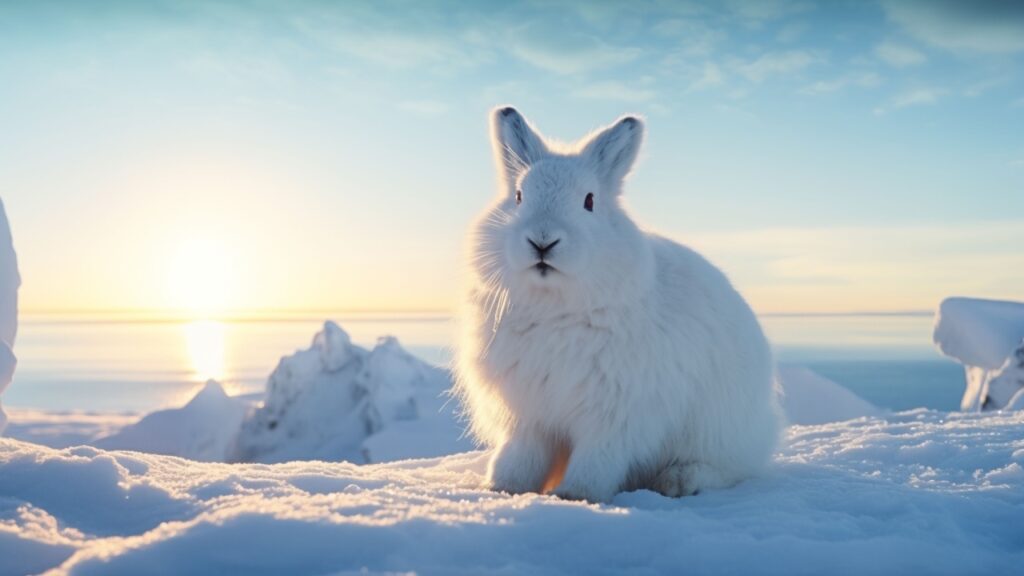
Arctic hares have extremely thick fur that changes color seasonally, like the Arctic fox. Their large hind feet act like snowshoes, helping them move across the snow. These hares can run at speeds up to 40 mph (64 km/h) to escape predators.
Musk Ox
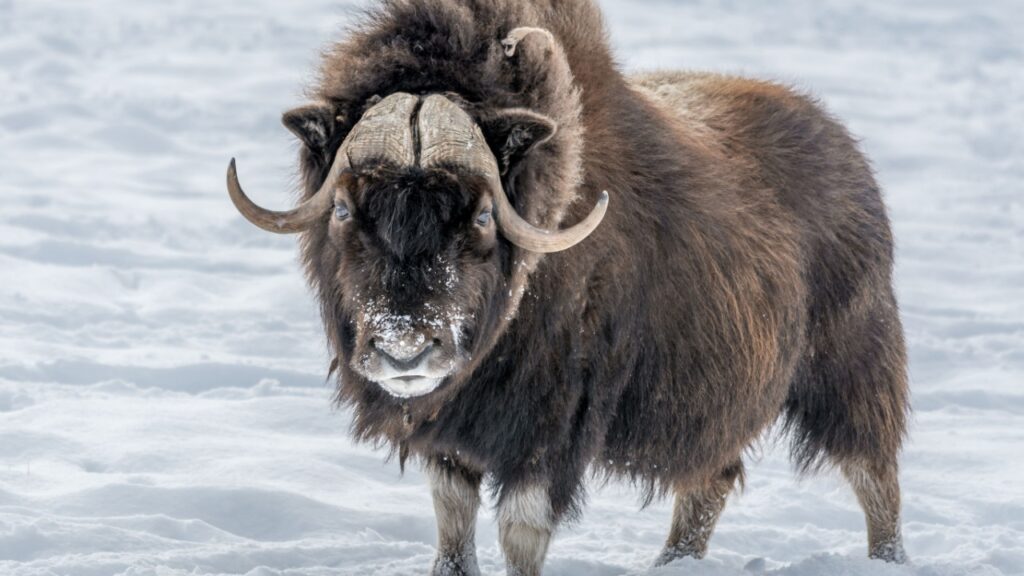
Musk oxen have lived in the Arctic for thousands of years, outlasting the woolly mammoth. Their outer coat of long guard hairs covers a soft, warm undercoat called qiviut, which is warmer than sheep’s wool. When threatened, musk oxen form a circle with their young in the center, presenting their horns to predators.
Lemming
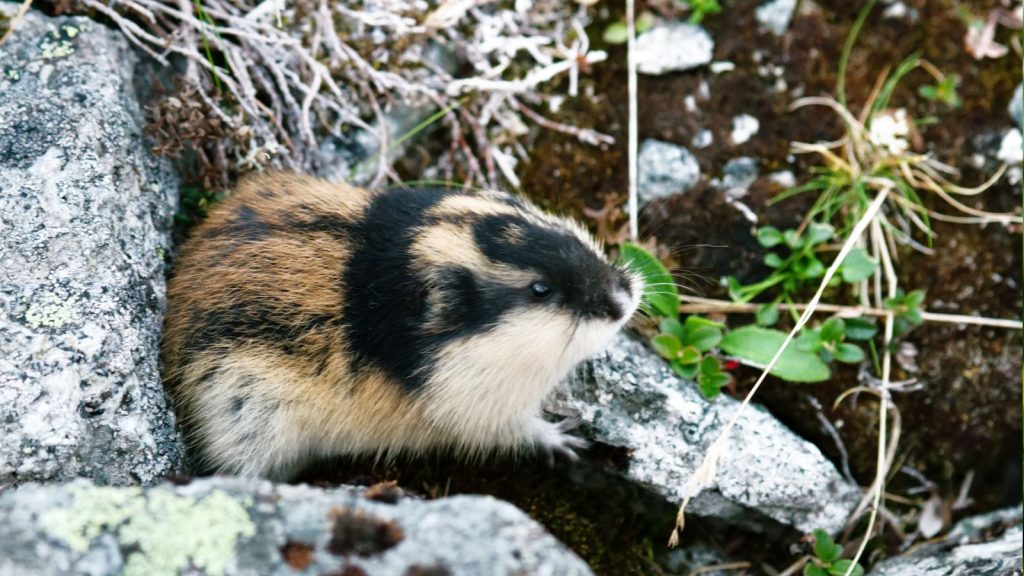
Lemmings are small rodents that play a crucial role in the Arctic food web. They’re known for their population cycles, with numbers rising and falling dramatically over 3-4 year periods. Contrary to popular myth, lemmings don’t commit mass suicide by jumping off cliffs.
Arctic Tern
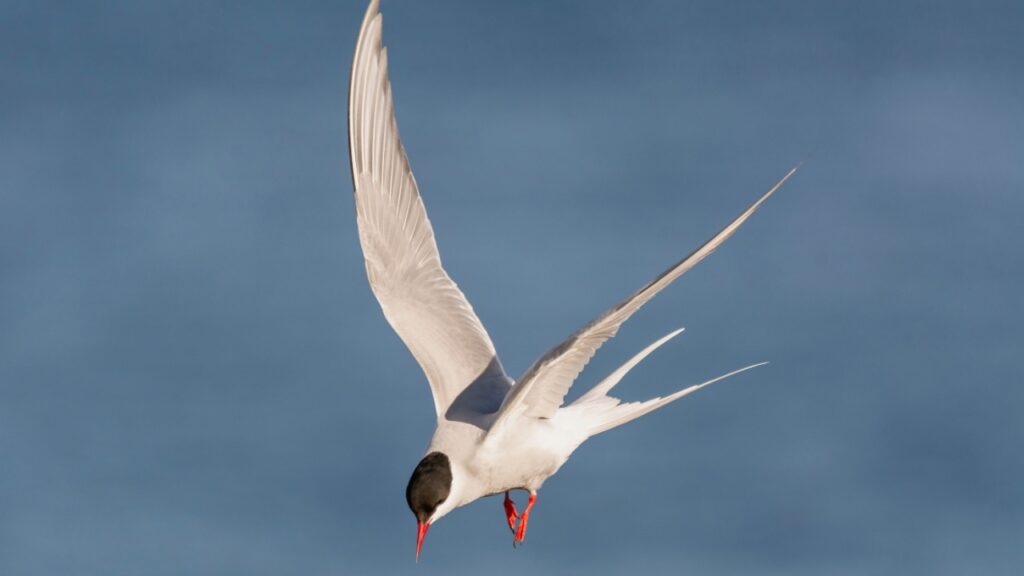
Arctic terns make the longest migration of any animal, flying from the Arctic to the Antarctic and back each year. This round trip can be up to 44,000 miles long. These birds can live for 30 years or more, potentially flying the equivalent of three trips to the moon and back in their lifetime.
Ringed Seal
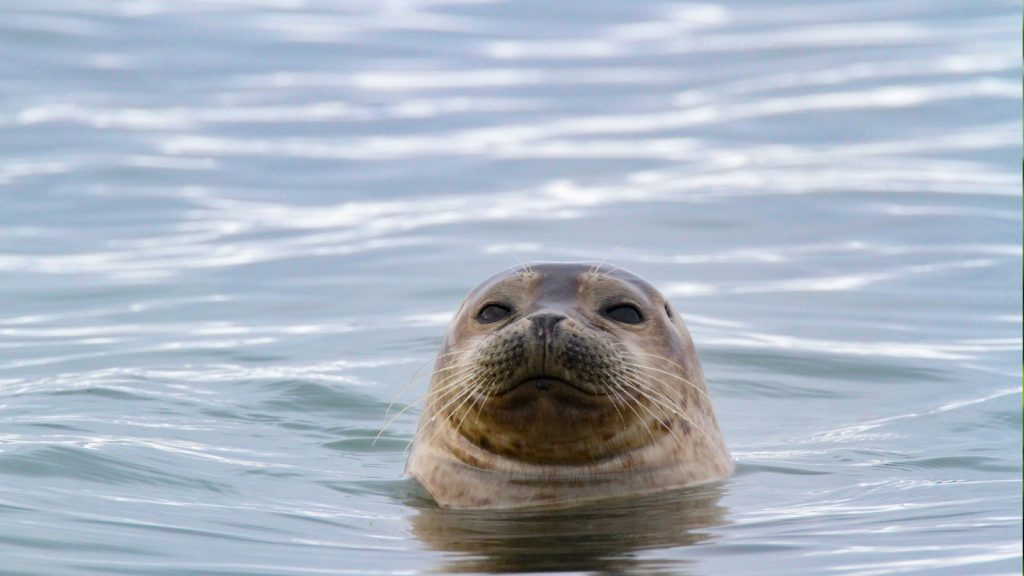
Ringed seals are the most common seal in the Arctic. They’re named for the light-colored rings on their dark fur. These seals can create breathing holes in ice up to 7 feet thick, using the strong claws on their front flippers.
Caribou (Reindeer)
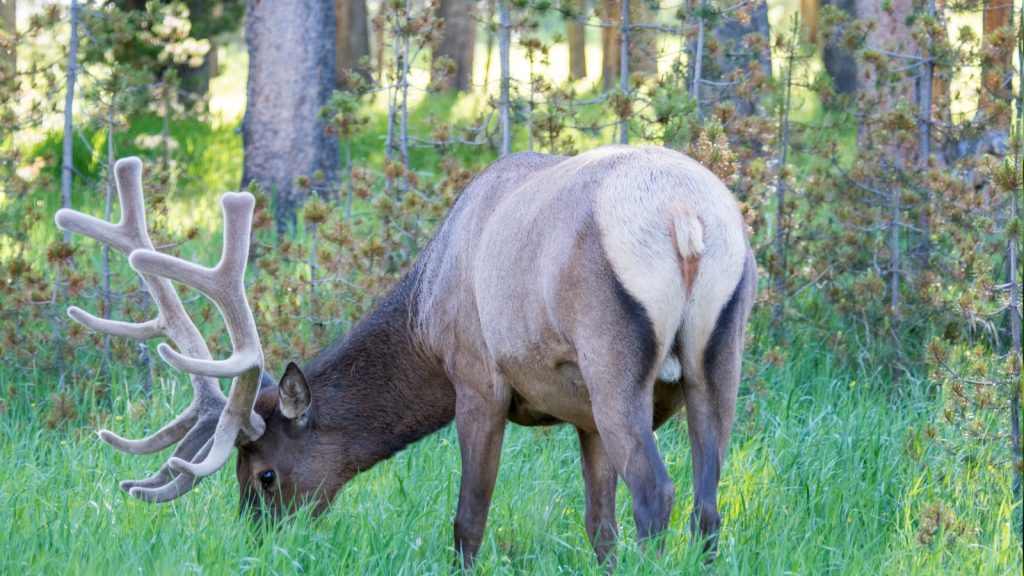
Caribou, known as reindeer in Eurasia, are well-adapted to Arctic life. Their noses warm the cold air before it reaches their lungs, and their large, flat hooves act like snowshoes. Caribou are the only deer species where both males and females grow antlers.
Arctic Wolf
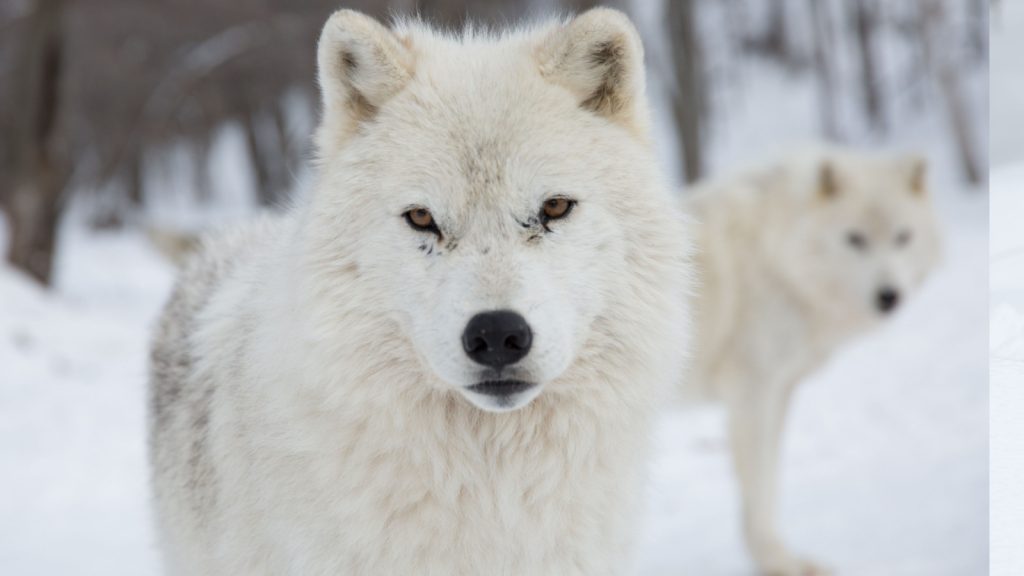
Arctic wolves are a subspecies of gray wolf adapted to life in the far north. Their white fur provides camouflage in the snowy landscape. These wolves have smaller ears and shorter muzzles than other wolf subspecies to reduce heat loss.
Puffin
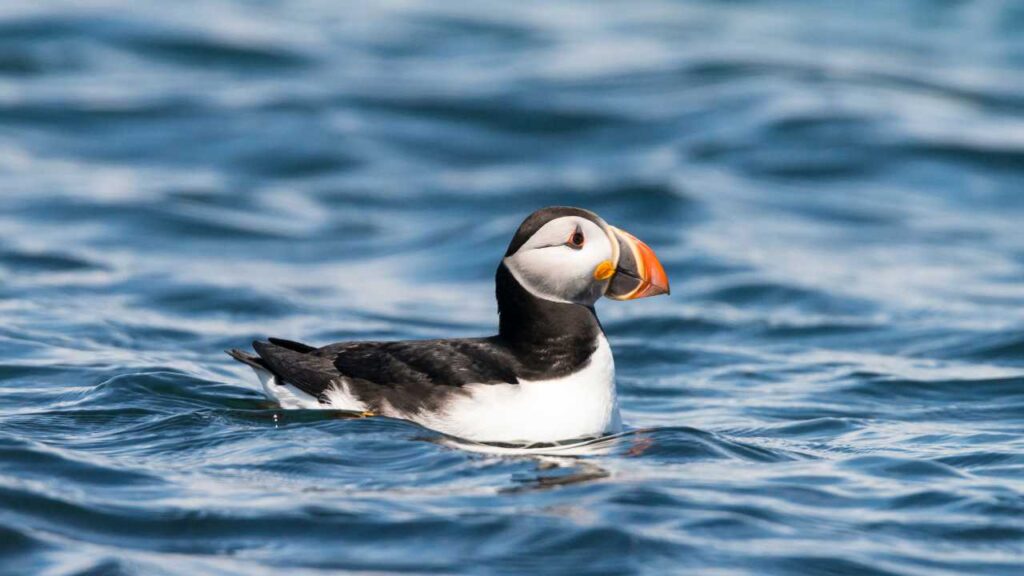
Puffins are sometimes called “sea parrots” due to their colorful beaks. These seabirds are excellent swimmers, using their wings to “fly” underwater in search of fish. Puffins can hold up to 60 small fish in their beaks at once, thanks to specialized ridges on their palate.
Greenland Shark
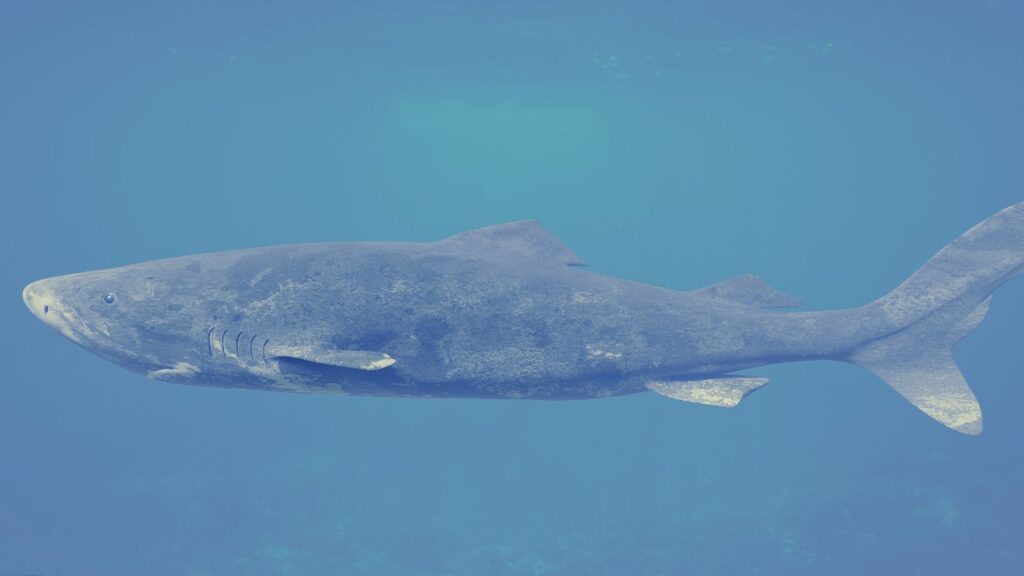
Greenland sharks are the longest-living vertebrates known to science, with some individuals estimated to be over 500 years old. They live in the cold, deep waters of the Arctic and North Atlantic. Despite their massive size (up to 24 feet long), they’re very slow swimmers.

